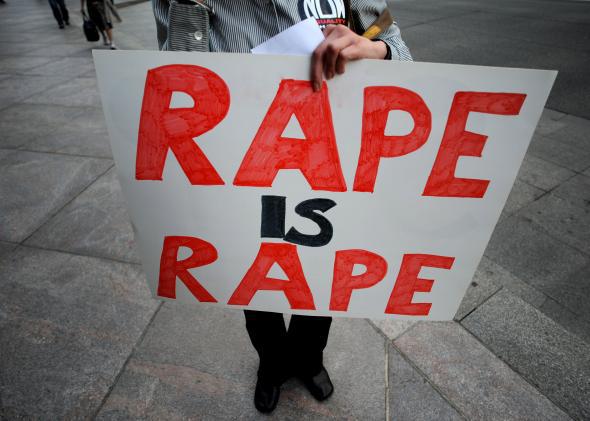
Recently, I was discussing with a colleague some of the current rape cases in India and in the U.S., when she said that rape and other violence against women in countries like India is a cultural problem, whereas rape in the U.S. is not. What did she mean by “culture?” Culture, as most anthropologists define it, is a set of mores and customs that human beings follow within institutions, such as family, religion, and so on. So, the U.S. would not be exempt from “culture,” as it is glue that holds humans together socially. Perhaps my colleague meant that outside the U.S., cultural norms find violence against women to be acceptable, even normal, whereas, in the U.S. there are definite proscriptions against it, both in our laws and in the social system. She is not alone in thinking that women are easy prey elsewhere; whereas, in the U.S. violence against women, especially rape, is an aberration, as a result of inebriation or drug abuse.
This kind of binary drawn between the U.S. and not-U.S. is problematic, for it sets up the former as an exemplar of superior humans who have somehow conquered “culture”! Since this conversation rose out of talking about the rape cases in two different countries, how is a gang rape in New Delhi different from one in New York? According to Uma Narayan, sensationalism surrounds violence against women outside the U.S. She cites examples, such as “honor killing” and “dowry death,” both of which, according to her, are domestic violence cases. In the U.S. we call death at the hands of a lover / husband domestic violence, whereas the same kind of murder when it pertains to Indian women is called “sati” or “wife burning” or “dowry death.” Such nomenclature immediately makes the same kind of violence in two countries “seem” very different. To call a homicide “honor killing” exoticizes it, and explains it away as something expected out of the religious tradition, when in fact the phenomenon may have nothing to do with the religion. Narayan questions the “cultural explanation” that alludes to Sita or sati or the Laws of Manu, none of which add any illumination to the violence under examination. Narayan calls these shorthand explanations “death by culture.” She remarks that when we see huge statistics on American women dying as a result of gun violence, we don’t tar this with the cultural brush.
I wonder why my colleague did not see the obvious: the role played by patriarchal culture that sees the woman as inferior in society. Any rape in any geographical area shows power and control that the victimizer has over the victim.
Even if we allow that some societies condone violence against women, and further victimize women through ostracism, there are forces at play that demand justice and make communities and the government recognize the violence. No society uniformly accepts oppression.
(Photo Credit: STR / AFP / Getty Image / Slate)
